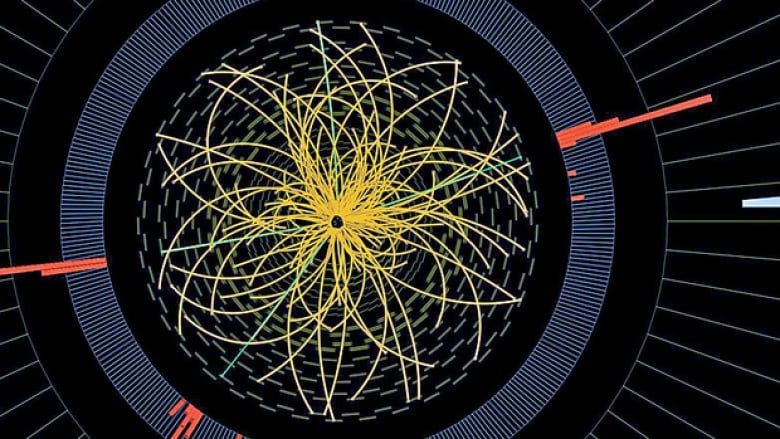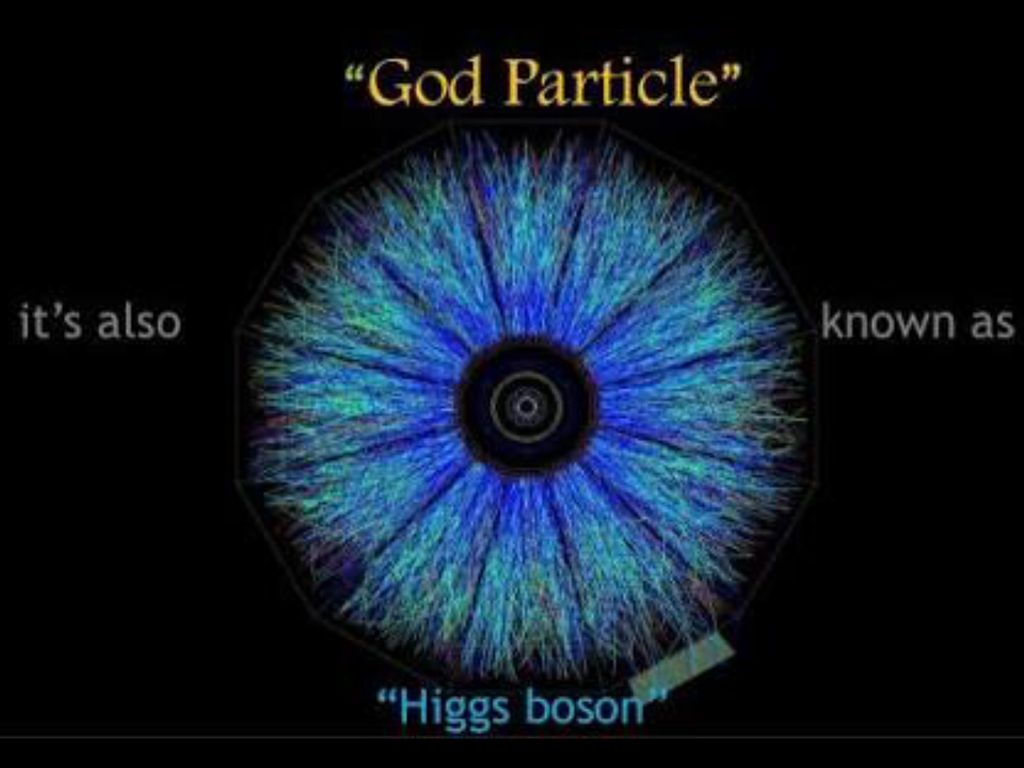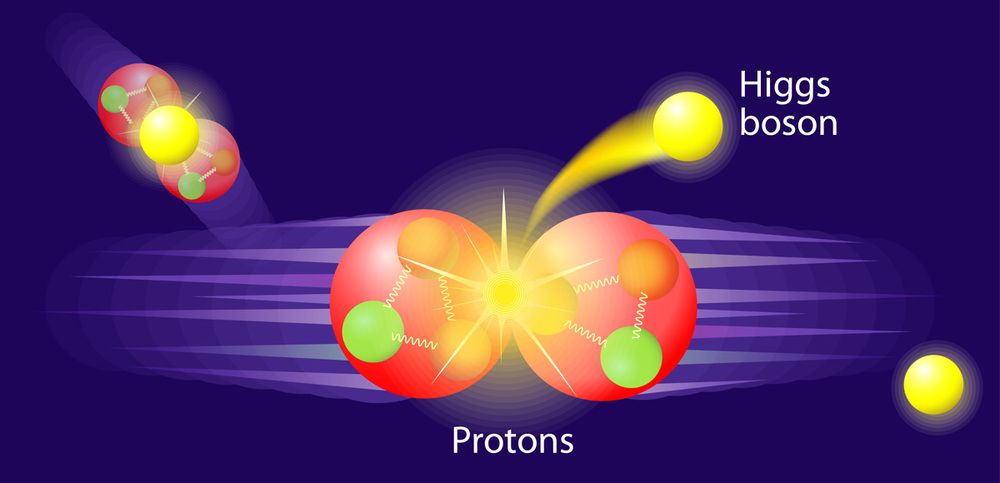The God Particle
Jan 16, 2019 • 12 views

The term 'The God particle' was begat by the physicist Leon Lederman in his 1993 well known science book, The God Particle: If the Universe Is the Answer, What Is the Question? The particle that the book title alludes to is the 'Higgs boson'. The particle we currently call the Higgs boson has never been watched. First hypothesized in 1964, the Higgs boson, whenever found, would be a crucial missing bit of the model that physicists use to portray basic particles and their associations: The Standard Model.
The theories and discoveries of thousands of physicists over the previous century have brought about a surprising knowledge into the principal structure of matter: everything in the Universe is observed to be produced using twelve essential building squares called basic particles, represented by four key forces.

Our best comprehension of how these twelve particles and three of the forces are identified with one another is typified in the Standard Model of particles and forces. Created during the 70s, it has effectively clarified a large group of trial results and unequivocally anticipated a wide assortment of marvels. After some time and through numerous examinations by numerous physicists, the Standard Model has turned out to be built up as an all-around tried material science theory.
During the 1960s physicists started to understand that there are close ties between two of the four central forces between components: the powerless force and the electromagnetic force. The two forces could be depicted inside a bound together theory, which frames the premise of the Standard Model. This unification infers that power, attraction, light and a few kinds of radioactivity are on the whole indications of a solitary hidden force called the electroweak force.
In any case, for this unification to work mathematically, it necessitates that force-conveying particles have no mass. We know from examinations this isn't valid. Physicists including Peter Higgs, Robert Brout and François Englert thought of a solution to unravel this problem. They proposed that all particles had no mass soon after the Big Bang. As the Universe cooled and the temperature fell beneath a basic esteem, an undetectable force field which turned out to be ordinarily known as the 'Higgs field' was framed together with the related particle, presently called the 'Higgs boson'. The field wins all through the universe: any particles that collaborate with it are given a mass by means of the Higgs boson. The more they associate, the heavier they move toward becoming, while particles that never communicate are left with no mass by any stretch of the imagination. This thought gave an attractive solution and fitted well with built up theories and marvels. The issue is that nobody has ever watched the Higgs boson in a test to affirm the theory. Discovering this particle would give a knowledge into why certain particles have mass and help to create ensuing material science.

Be that as it may, we don't have the foggiest idea about the mass of the Higgs boson itself, which makes it progressively hard to distinguish. Physicists need to search for it by methodically looking through a scope of mass inside which it is anticipated to exist. The yet unexplored range is available utilizing the Large Hadron Collider, which will decide the presence of the Higgs boson. In the event that notably, we can't discover it, something different will create the impression that does likewise work. Either way, our knowledge of the Universe will progress.
